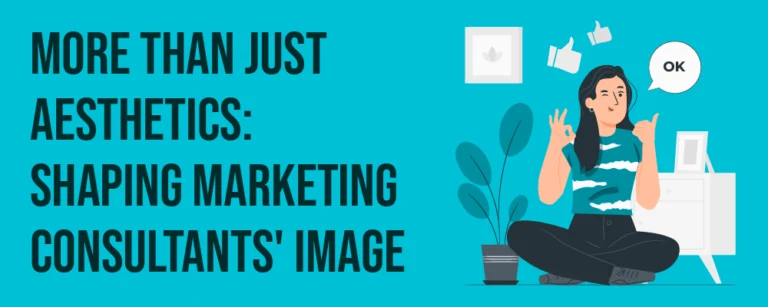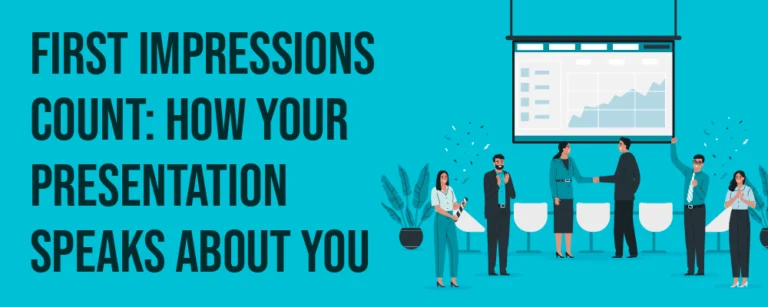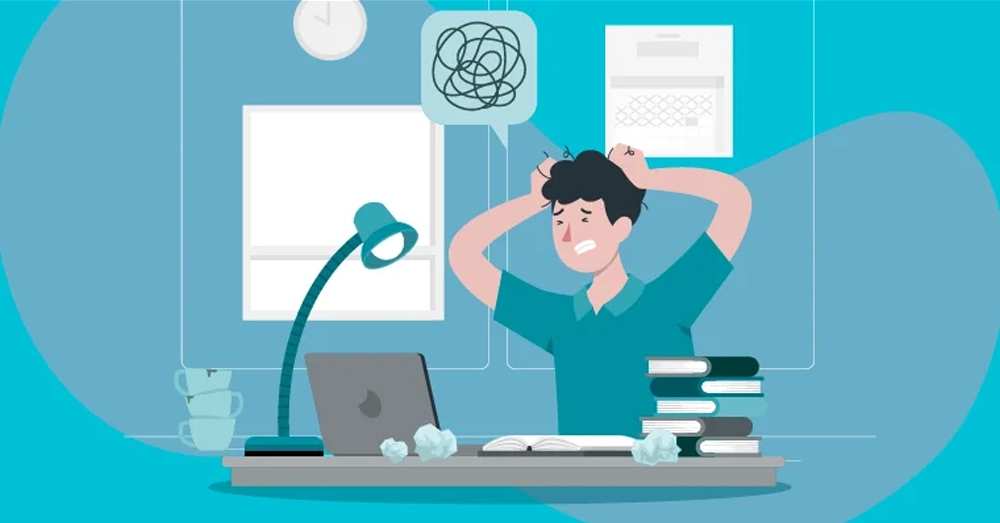
Table of Contents
In today’s fast-paced business world, effective communication is essential for consultants to convey their expertise and persuade clients. One of the most common tools used by consultants to showcase their knowledge is presentations. However, despite their importance, presentations can often be a source of frustration and confusion for both consultants and their audience. In this article, we will explore the challenges that consultants face when creating presentations and provide valuable insights on how to overcome them.
From Knowledge Giant to Design Novice: Why Presentations Challenge Consultants
Consultants are renowned for their expertise in their respective fields. They possess a wealth of knowledge that can bring tremendous value to their clients. However, when it comes to translating that knowledge into visually appealing presentations, many become design novices. The shift from being knowledge giants to designing novices can be overwhelming and disorienting.
Consultants often find themselves grappling with the dilemma of how to effectively convey the depth and complexity of their expertise while maintaining an engaging and visually appealing design. This delicate balance between content and design is what sets apart exceptional presentations from mediocre ones.
One of the main challenges consultants face is finding the right visual elements to complement their content. With their vast knowledge, consultants often have a multitude of data, graphs, and charts to present. However, selecting the most relevant and impactful visuals can be a daunting task. They must consider the audience’s level of understanding, the key message they want to convey, and the overall aesthetics of the presentation.
Moreover, consultants must also grapple with the limitations of presentation software. While these tools offer a wide range of design options, consultants often struggle to navigate them effectively. They may spend hours trying to align text boxes, adjust font sizes, or format images, only to end up with a presentation that still falls short of their expectations.
Another challenge consultants face is the pressure to deliver a polished and professional presentation within tight deadlines. They are often juggling multiple projects and client demands, leaving them with limited time to dedicate to design. As a result, they may resort to using generic templates or default settings, which can make their presentations appear generic and uninspiring.

Furthermore, consultants must consider the diverse range of audiences they present to. Each client has unique preferences and expectations when it comes to design. Consultants must adapt their presentation style to cater to these preferences, which can be a daunting task. They must strike a balance between maintaining their own professional identity and meeting the client’s design expectations.
Despite these challenges, consultants can overcome their design novice status by investing in their design skills. By seeking out resources and training in visual communication and design principles, consultants can enhance their ability to create visually compelling presentations. They can learn techniques for effectively organizing information, selecting appropriate color schemes, and creating visually engaging layouts. Additionally, consultants can collaborate with professional designers or seek feedback from colleagues to improve their presentation design. By leveraging the expertise of others, consultants can gain valuable insights and perspectives that can elevate their presentations to the next level.
The transition from being knowledge giants to design novices can be a daunting journey for consultants. However, by recognizing the challenges they face and investing in their design skills, consultants can bridge the gap and create exceptional presentations that effectively convey their expertise while captivating their audiences.
Striking a Balance Between Depth of Content and Visual Appeal
Presentations are meant to convey information, but they should also captivate and engage the audience. Consultants often face the challenge of presenting their wealth of knowledge in a concise and understandable manner. It is crucial to strike a balance between the depth of content and the visual appeal of the presentation.
When it comes to delivering a successful presentation, consultants must consider the diverse backgrounds and levels of expertise of their audience. While it is important to provide in-depth information, overwhelming the audience with complex concepts can lead to disengagement and confusion. Breaking down complex ideas into digestible chunks is key. Consultants can achieve this by organizing their content into logical sections, each with a clear focus and purpose.
Furthermore, the use of visuals can greatly enhance the audience’s understanding and retention of information. Visual aids such as charts, graphs, and diagrams can simplify complex data and concepts, making them more accessible to a wider range of individuals. These visuals not only serve to clarify information but also add visual interest to the presentation, keeping the audience engaged and focused.
However, it is important to note that visuals should not be used as a substitute for well-structured and informative content. While eye-catching visuals can capture attention, they should always complement and reinforce the key points being presented. Consultants should ensure that the visuals they choose are relevant, accurate, and effectively convey the intended message.
In addition to clear and concise language, consultants can further enhance their presentation by incorporating relevant examples and case studies. Real-life examples not only make the content more relatable but also provide concrete evidence of the consultant’s expertise. By sharing success stories and illustrating how their knowledge has been applied in practical situations, consultants can establish credibility and persuade the audience of the value of their insights.
Ultimately, the success of a presentation lies in the seamless integration of content and design. Consultants should strive to create a visually appealing presentation that effectively communicates their expertise without sacrificing the depth and accuracy of the information being presented. By striking a balance between depth of content and visual appeal, consultants can captivate and engage their audience, leaving a lasting impression and ensuring the message resonates long after the presentation is over.
Time Efficiency in Presentations: Why It Often Takes Longer Than Expected
Despite meticulous preparation, consultants often find that presentations take longer than anticipated. The main culprit behind this time discrepancy is a lack of efficiency in the design process. Template-based presentations may seem like a time-saving solution, but they come with limitations that can hinder customization and hinder clarity.
Consultants should consider customizing their presentations to meet the specific needs of each client and engagement. By tailoring the design to the content and audience, consultants can ensure that their message is delivered effectively and efficiently.
One of the key factors contributing to the extended duration of presentations is the need for thorough research and analysis. Consultants must invest significant time and effort into gathering relevant data, conducting market research, and analyzing industry trends. This in-depth research ensures that the presentation is well-informed and provides valuable insights to the audience.
In addition to research, consultants often spend a considerable amount of time crafting compelling narratives for their presentations. Storytelling is a powerful tool that helps engage the audience and convey complex ideas in a relatable manner. Consultants carefully structure their presentations to create a logical flow, incorporating anecdotes, case studies, and real-life examples to captivate the audience’s attention.
Another factor that contributes to the extended duration of presentations is the inclusion of interactive elements. Consultants understand the importance of keeping the audience engaged throughout the presentation. To achieve this, they incorporate interactive elements such as polls, quizzes, and group activities. These interactive components not only make the presentation more enjoyable for the audience but also provide valuable opportunities for active learning and participation.
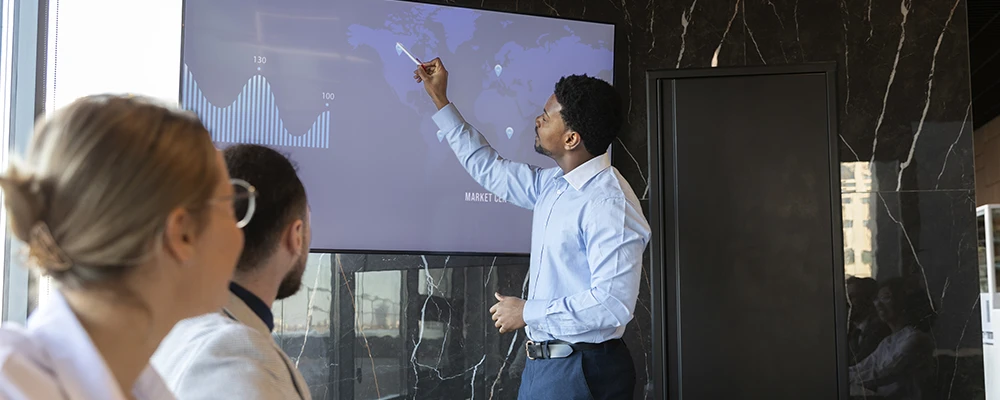
Furthermore, consultants often face unexpected challenges during presentations, such as technical difficulties or interruptions from the audience. These unforeseen circumstances can disrupt the flow of the presentation and require additional time to address. Skilled consultants are adept at handling such situations, quickly adapting and ensuring that the presentation remains on track.
It is worth noting that the length of a presentation is not solely determined by the content and design. Factors such as the audience’s level of familiarity with the topic, their engagement, and the amount of time allocated for questions and discussions can also impact the duration. Consultants must be flexible and responsive to these variables, adjusting their pace and delivery accordingly.
While consultants strive for time efficiency in their presentations, various factors contribute to the extended duration. Thorough research, compelling storytelling, interactive elements, and the ability to handle unexpected challenges all play a role in creating a comprehensive and engaging presentation. By understanding these factors and adapting their approach, consultants can deliver presentations that effectively convey their message while respecting the allotted time constraints.
The Golden Rule: Simplicity in Design and Message
In the world of presentation design, simplicity is key. A cluttered presentation not only confuses the audience but also undermines the credibility of the consultant. By employing a minimalist design approach, consultants can create visually appealing and impactful presentations.
When it comes to design, simplicity does not mean sacrificing creativity or visual interest. In fact, minimalist designs often rely on strategic use of negative space, clean lines, and bold typography to create a sense of elegance and sophistication. By carefully selecting colors, fonts, and imagery, consultants can create a cohesive and visually pleasing presentation that captures the attention of the audience.
Moreover, simplicity should extend beyond the design to the message itself. Consultants should aim to distill complex ideas into concise statements that are easy to understand. This involves breaking down complex concepts into smaller, more digestible pieces of information. By using clear and straightforward language, consultants can ensure that their message resonates with the audience and leaves a lasting impact.
However, simplicity does not mean oversimplification. It is important for consultants to strike a balance between simplicity and depth. While it is crucial to present information in a clear and concise manner, it is equally important to provide enough context and detail to support the main points. This can be achieved through the use of relevant examples, case studies, and data analysis.
By adopting the golden rule of simplicity, consultants can ensure that their presentations are clear, concise, and persuasive. Simplicity in design and message not only enhances the overall aesthetic appeal of the presentation but also facilitates better understanding and retention of information by the audience. So, the next time you are creating a presentation, remember to keep it simple, yet impactful.
To Use Templates or Customize? Pros and Cons
When it comes to creating presentations, consultants often find themselves faced with the decision of whether to use templates or customize their slides from scratch. Templates are a common resource in the consulting world, offering ready-made designs that can save time and effort. With just a few clicks, consultants can have a professional-looking presentation that is visually appealing and consistent throughout.
However, templates also have their drawbacks. One of the main disadvantages is that they can limit creativity. While templates provide a solid foundation, they may not always align perfectly with the consultant’s vision or the client’s brand. Consultants who rely solely on templates may find themselves constrained by the pre-designed layouts and color schemes, making it challenging to create a truly unique and tailored presentation.
On the other hand, customizing presentations allows consultants to have full control over every aspect of their slides. It provides an opportunity to tailor the content, design, and visuals to the specific needs of their clients. By customizing, consultants can incorporate the client’s branding elements, such as logos, colors, and fonts, ensuring a seamless integration with the overall brand identity.
Customization also opens up a world of creative possibilities. Consultants can experiment with different layouts, animations, and visual effects to make their presentations more engaging and interactive. By adding personalized touches, consultants can create a unique and memorable visual experience that captures the attention of the audience.
However, it’s important to note that customization may require more time and effort initially. Unlike templates, which offer a ready-made structure, customizing presentations involves starting from scratch and building each slide individually. This process can be time-consuming, especially when dealing with complex data or intricate visuals.
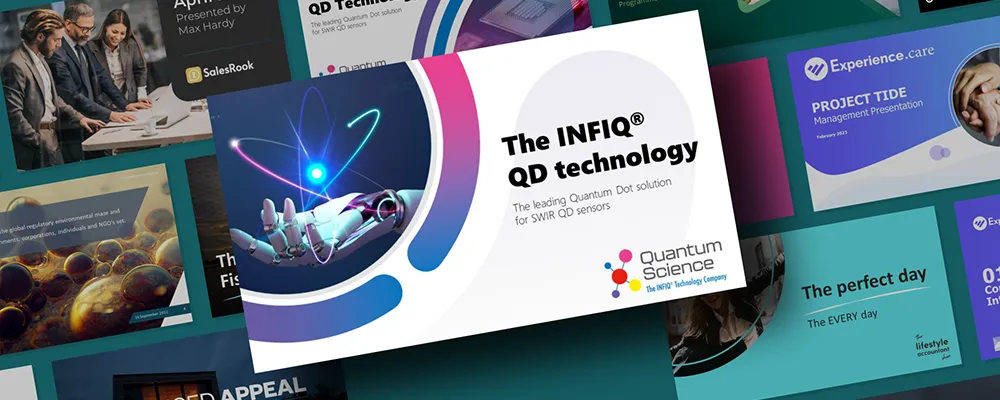
Despite the potential time investment, the benefits of customization often outweigh the drawbacks. A customized presentation demonstrates a consultant’s attention to detail and commitment to delivering a tailored solution. It shows that the consultant has taken the time to understand the client’s needs and has gone the extra mile to create a presentation that resonates with the audience.
Moreover, customization can significantly enhance the persuasive power of a presentation. By tailoring the content and visuals to the specific audience, consultants can deliver a more targeted and impactful message. Customized presentations have the potential to evoke emotions, spark interest, and drive action, ultimately increasing the chances of success in achieving the desired outcomes.
While templates offer convenience and time-saving benefits, customization provides consultants with the opportunity to create unique, engaging, and tailored presentations. By carefully weighing the pros and cons, consultants can make an informed decision that aligns with their objectives and the needs of their clients. Whether it’s using templates, customizing, or finding a balance between the two, the key is to create presentations that effectively communicate the intended message and leave a lasting impression on the audience.
The Art of Storytelling in Presentations: Delivering Content Smoothly and Engagingly
Storytelling is a powerful technique that can enhance the impact of presentations. By weaving stories into their content, consultants can captivate the audience’s attention and make their message more relatable and memorable.
Effective storytelling involves structuring the presentation in a narrative format, using anecdotes and real-life examples, and incorporating emotional appeals. By mastering the art of storytelling in presentations, consultants can deliver content smoothly and engage their audience on a deeper level.
Common Design Pitfalls Consultants Should Avoid
Despite their best intentions, consultants often fall into common design pitfalls that undermine the effectiveness of their presentations. Some of these pitfalls include using too much text, overcrowding slides with information, and neglecting the importance of visual hierarchy.
Consultants should be mindful of these pitfalls and strive to create presentations that are visually engaging, easy to navigate, and visually coherent. By avoiding these design pitfalls, consultants can ensure that their presentations effectively convey their expertise and persuade their audience.
Tips and Tools for Quick and Effective Presentation Design
Creating presentations efficiently and effectively is a skill that can be developed over time. There are various tips and tools that consultants can utilize to streamline their presentation design process.
First and foremost, consultants should establish a clear structure and outline for their presentations. This helps in organizing and sequencing the content logically. Additionally, utilizing design software and online resources can save time and enhance the visual appeal of the presentation.

Gathering Feedback: The Key to Continuous Improvement
Feedback is an invaluable asset for consultants striving to improve their presentation skills. Seeking feedback from peers, mentors, and clients can provide valuable insights and perspectives on areas that need refinement.
Consultants should actively seek feedback and be open to constructive criticism. By incorporating feedback into their presentation design process, consultants can continuously improve and deliver more persuasive and impactful presentations.
Summary and Conclusion: How to Perfectly Showcase Your Expert Knowledge
Presentations are a powerful tool for consultants to showcase their expertise and persuade their audience. By understanding the challenges, striking a balance between content and design, and employing effective strategies, consultants can create presentations that engage, inform, and persuade.
Remember the golden rule of simplicity, utilize storytelling techniques, avoid common design pitfalls, and seek feedback to continually refine and improve your presentations. By following these guidelines, consultants can confidently showcase their expert knowledge and win over clients with their impactful presentations.



